With the C3 its best seller, Citroën has brought out an all-new electric model to keep the line on top
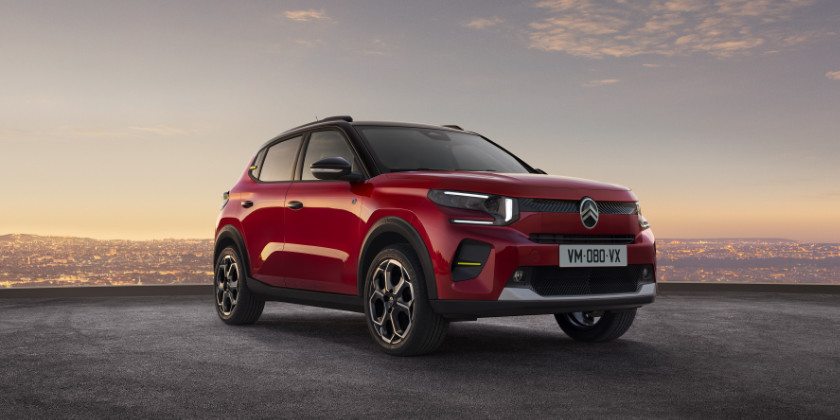

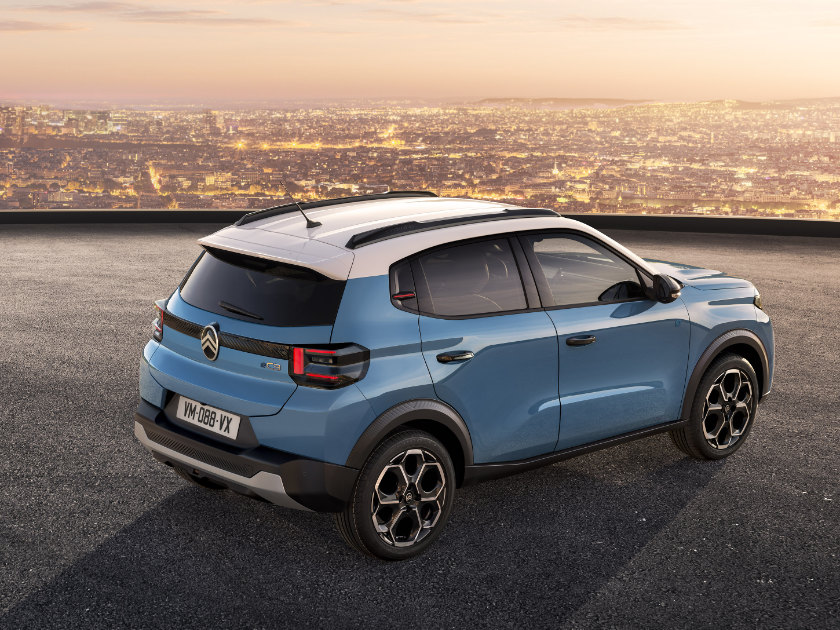
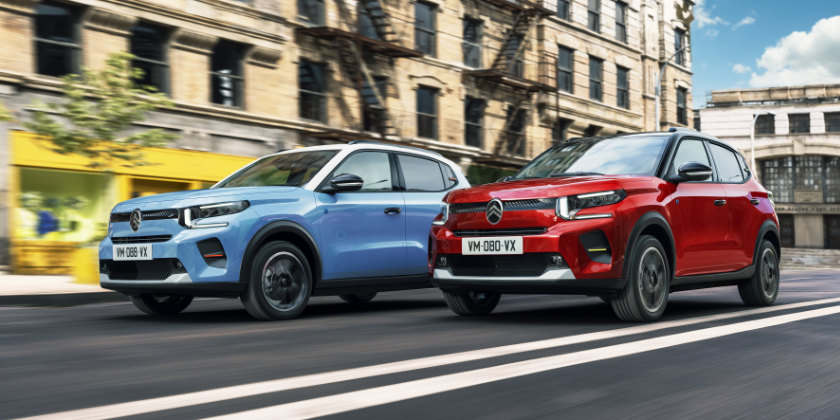

William Crozes
A new generation of Citroën C3 has arrived, and the launch model is electric.
Called the ë-C3, the it’s set to be one of the more affordable electric cars on sale in Europe, starting at €23,300 for the 320 km range model. A future 200 km range model in 2025 is expected to retail at €19,900.
Up front is the double-chevron symbol, but surrounded in an oval, harking back to Citroëns of old, such as the postwar 2CV. A new Citroën design language, previewed with the 2022 Oli concecpt, is realized here: the ë-C3 has a taller, chunkier body, and distinctive front and rear lights with lighting signatures that resemble three blades.
There are some styling similarities to the Indian-market C3 which débuted in 2021, particularly with the glasshouse and chunky appearance, though the new car’s surfaces are more taut and structural. Thanks to cost-saving, technically the cars are related.
The new car is only 19 mm longer and 6 mm wider than its predecessor, with ground clearance up from 135 mm to 163 mm.
Citroën says customers should expect the soft ride with Advanced Comfort suspension (using shock absorbers and springs, and a hydraulic stop that absorbs and dissipates the energy from an impact) and Advanced Comfort seats with additional foam, as well as zero noise and zero vibration.
The ë-C3 will be well equipped, with the option of the C-Zen Lounge. C-Zen Lounge dispenses with a traditional dashboard, instead using a head-up display (displaying on to a black strip above the dashboard rather than on to the glass) with a compact steering wheel. A 10¼ in colour infotainment screen sits in the centre, featuring an app to access music, radio, navigation and calls through the user’s own device. Connect Plus, a fee-paying service, provides real-time traffic information.
There is 30 mm more headroom than the outgoing European C3.
The battery capacity is 44 kWh, with 100 kWh DC fast charging taking it from 20 to 80 per cent in 26 minutes. Standard charging on a 7 kW connection takes four hours, 10 minutes; this falls to two hours, 50 minutes on an 11 kW connection. The unit develops 113 PS (83 kW), and propels the car to 100 km/h in 11 s. Top speed is 135 km/h.
An integrated app helps with route planning, monitoring battery levels, and locating charging stations. An E-Remote can pre-heat or pre-cool the car before departure and manage charging schedules, among other features.
Safety features include automatic emergency braking, driver attention alert, speed limit sign recognition, electric parking brake, intelligent beam headlights, and rear parking sensors.
The C3 is the company’s top seller—it’s refreshing to know that it’s not a crossover SUV. Twenty-nine per cent of its European sales are to the C3 line. Last year, the outgoing C3, in the form that first appeared in 2016, took 11 per cent of the total European B segment.
Citroën also offers the C3-XR and C3L in China on an unrelated platform, while the 2008 C3 Picasso continues to be available in Brazil as the Aircross. A C3 Aircross became available in 2017 as Citroën’s B-segment crossover entry.
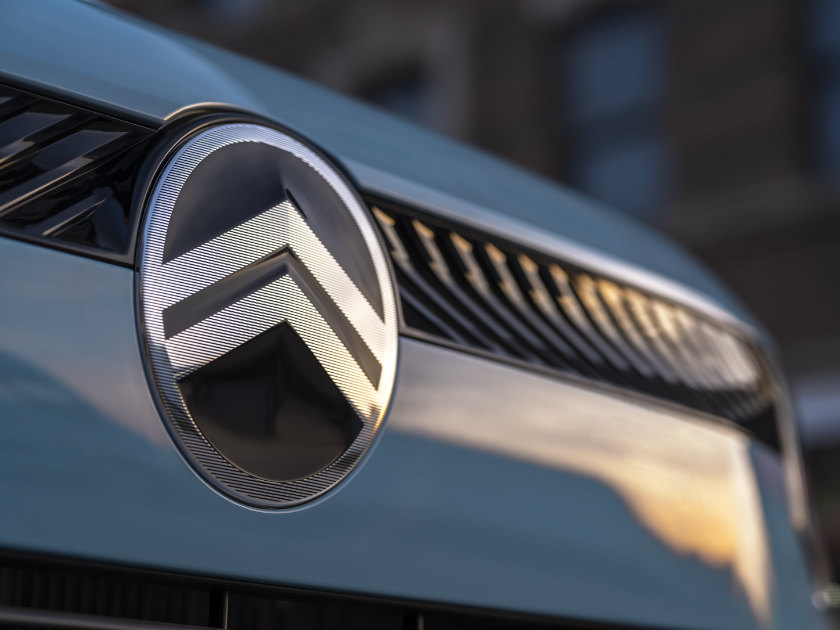
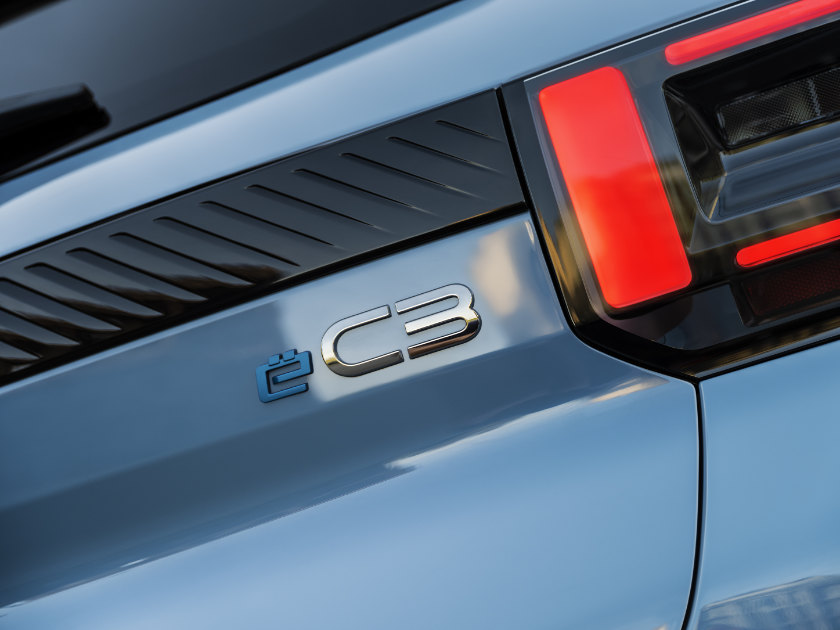
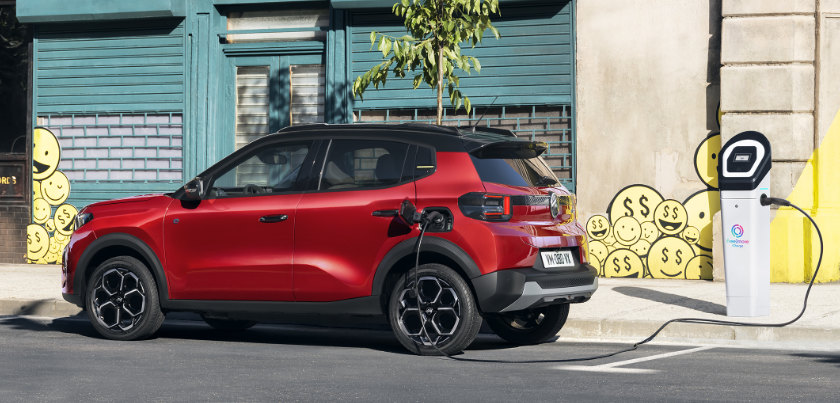
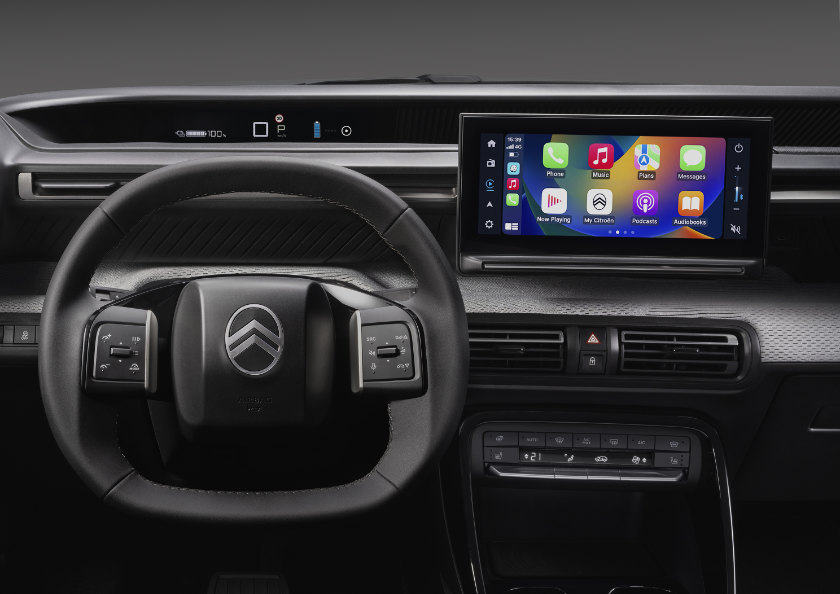

William Crozes

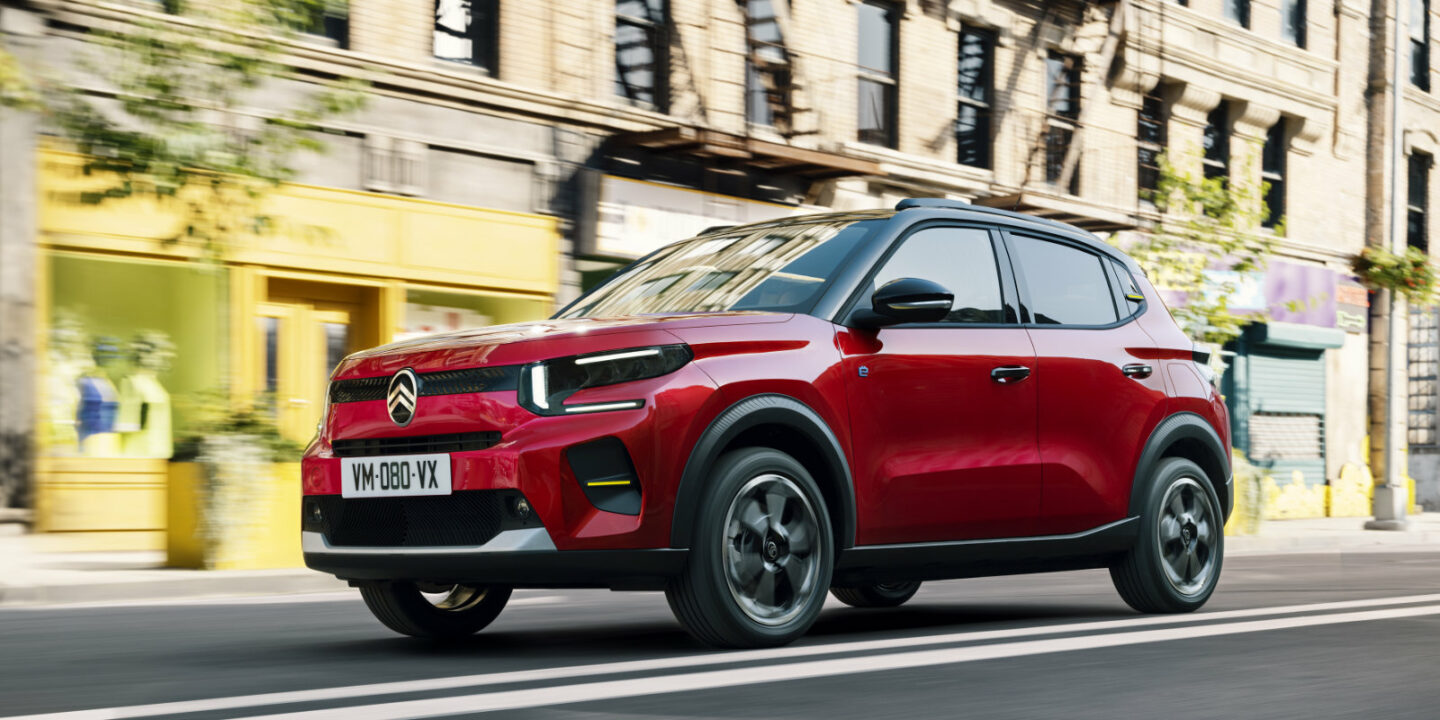
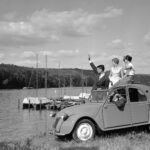

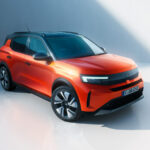
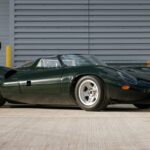


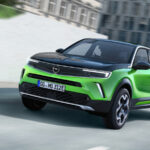
Leave a Reply